Industrial Revolution
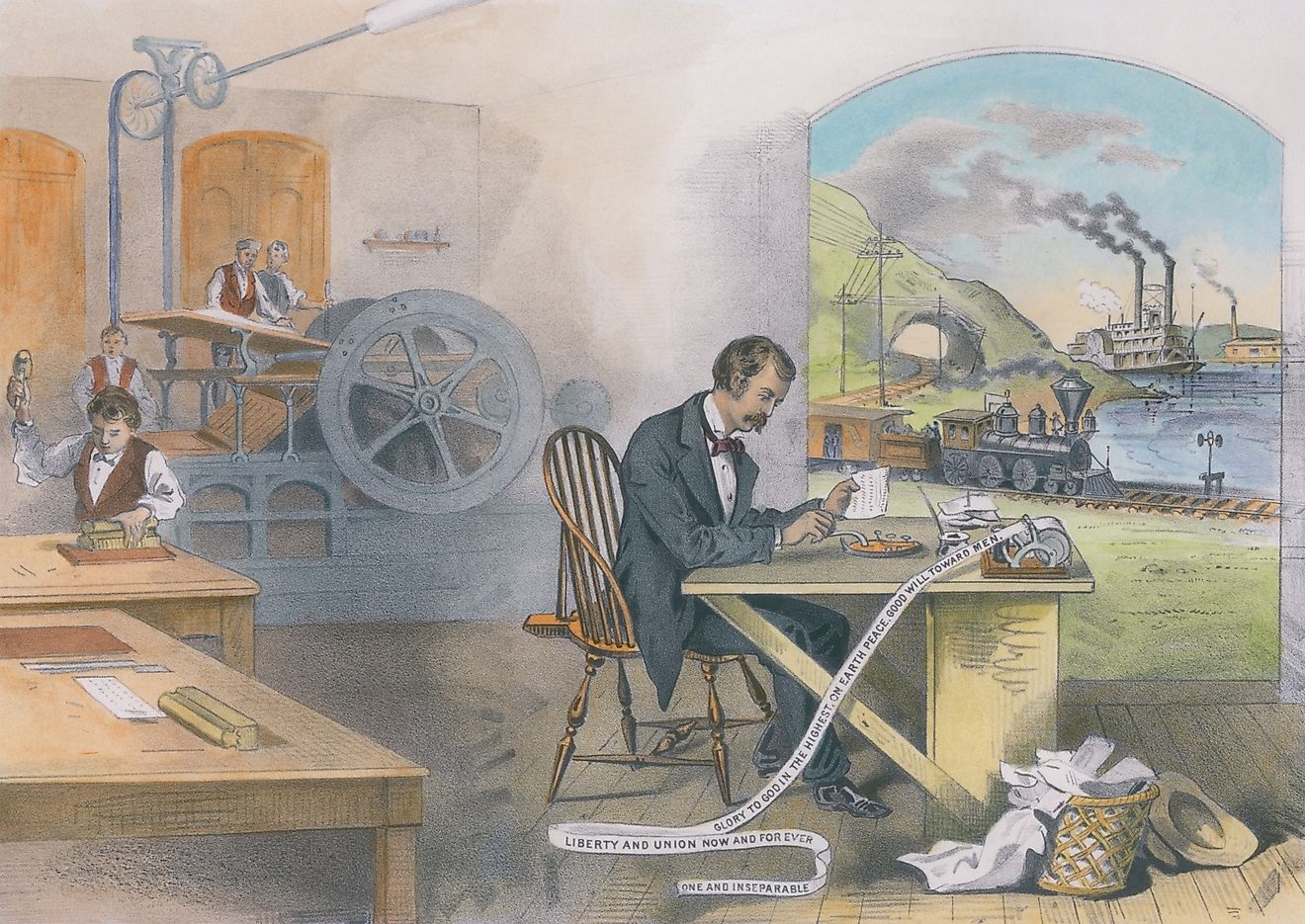
- The Industrial Revolution took place in the 18th and 19th centuries.
- The invention of steam power was the main innovation that sparked the Industrial Revolution.
- The Industrial Revolution originally began in England.
- The Industrial Revolution gave birth to several game-changing innovations and inventions, including electricity, the telegraph, the telephone, and the internal combustion engine, which eventually gave rise to the automobile.
The Industrial Revolution was a period of history in the West that marked the transition from an agrarian economy to an industrialized one. It was a period that ushered in the mass production of goods and the rapid urbanization of the population. The Industrial Revolution began in England in the latter half of the 18th century, and lasted until about the mid-19th century. This revolution also came to the U.S., though at a later time, beginning in the early 19th century and lasting until the latter half of the century. The Industrial Revolution marked the birth of the modern economy that we are accustomed to today.
Origins Of The Industrial Revolution
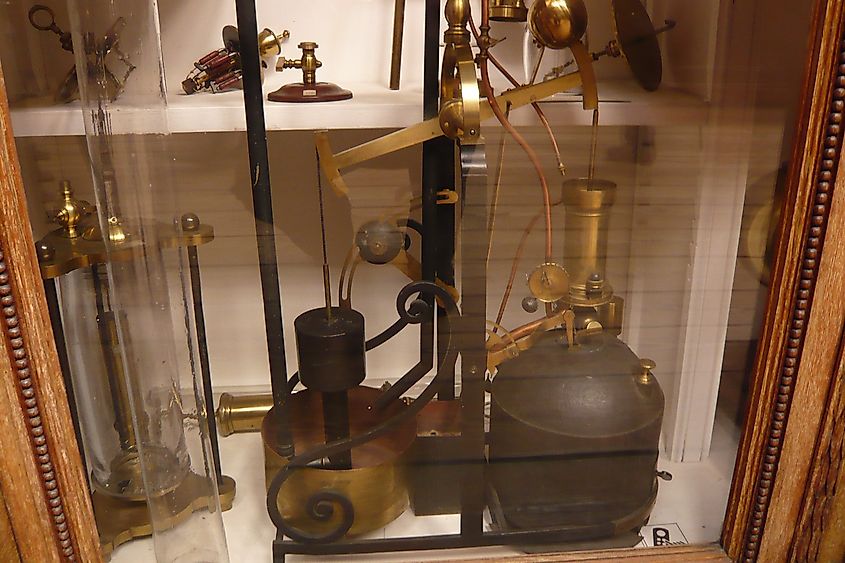
The main impetus for the Industrial Revolution was the invention of steam power, or more specifically, the steam engine. Development of this game-changing invention began in the early 1700s, when an English inventor named Thomas Newcomen designed a prototype of the first modern steam engine. In the 1760s, Newcomen’s work was followed up by Scottish engineer James Watt, who added a separate water condenser to one of Newcomen’s models, which made it more efficient.
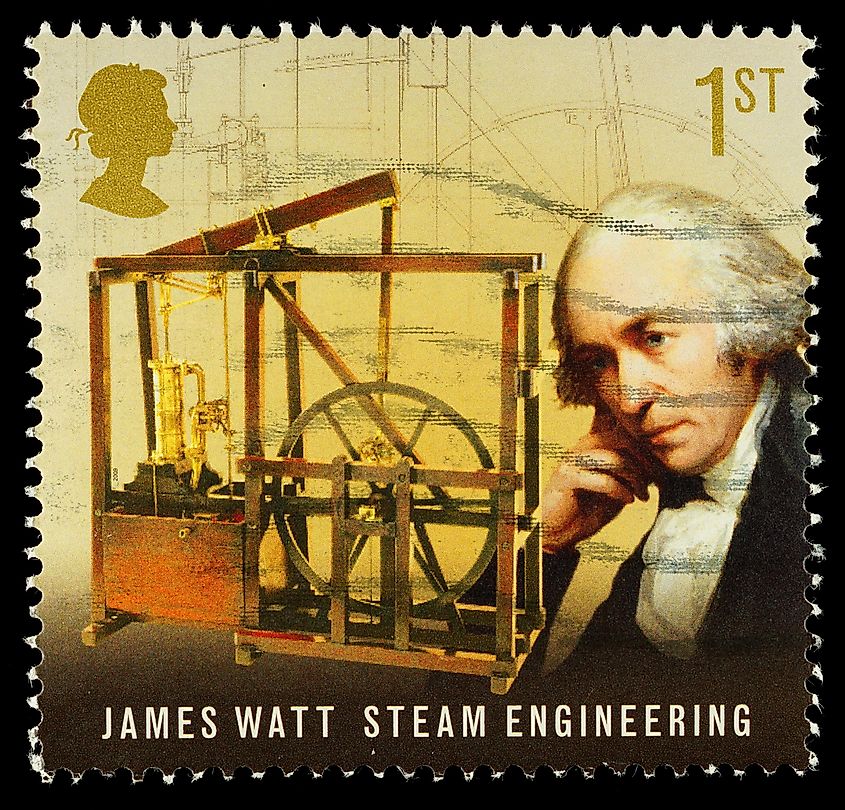
Later on, Watt collaborated with Matthew Boulton, who would become one of the premier industrialists of the Industrial Revolution. Together, they invented a steam engine with a rotary motion, which was the key innovation that allowed steam power to be used by British industry on a massive scale. Among the industries to begin using steam engines was the coal mining industry. The steam engine allowed coal miners to go deeper to extract the valuable resource, which would go on to fuel much of the Industrial Revolution. Indeed, it was coal that was used to fuel the steam engines, as well as the factories that mass produced goods, and the steamships and railroads that transported those goods.
Improvements and innovations in transportation methods and infrastructure also helped spark the Industrial Revolution. For instance, improvements to Britain’s road network and the building of canals in the country allowed for much easier movement of goods. In addition, the advent of steam power allowed for the development of two key innovations in transportation: the locomotive and the steamship. By 1830, locomotives were transporting freight and passengers between the English industrial hubs of Manchester and Liverpool. At the same time, steamships were used to transport goods along Britain’s rivers and canals, and across the Atlantic Ocean.
The Second Industrial Revolution
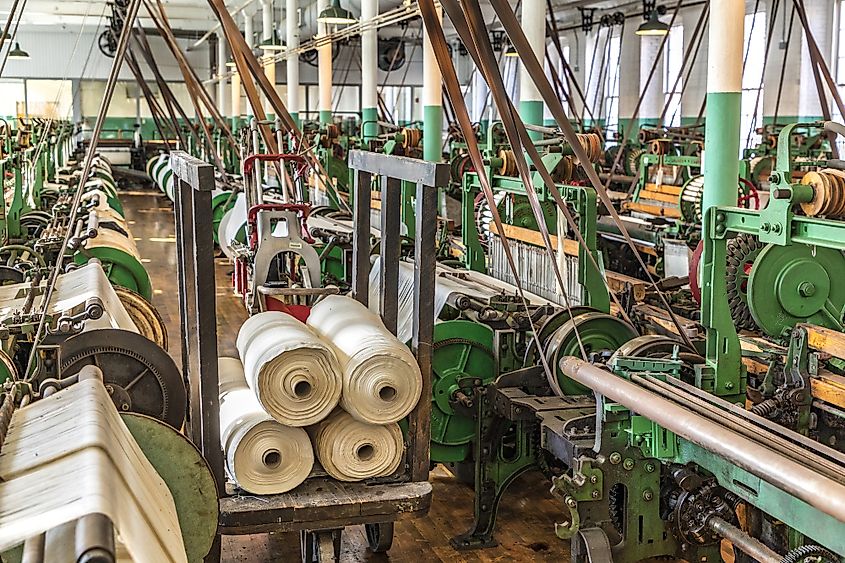
The Second Industrial Revolution is the term used to refer to the advent of the Industrial Revolution in the U.S., which took place primarily in the 19th century. Some historians mark the beginning of the American Industrial Revolution with the opening of a textile mill in Pawtucket, Rhode Island in 1793. The mill was built by English immigrant Samuel Slater, who subsequently built several other cotton mills throughout New England. His contributions led historians to call him the “father of the American Industrial Revolution.” Slater’s cotton mills and the cotton manufacturing industry in general got a boost from American inventor Eli Whitney, who invented the cotton gin.
Innovations Of The Industrial Revolution
The period of the Industrial Revolution saw the advent of numerous innovations. Besides the aforementioned steamships and railroads, the Industrial Revolution was also the period in which electricity was developed. This development began in the early 19th century in Britain, with experiments involving electric currents and magnetism. These experiments led to the creation of the electric motor and electrical generator. By the late 19th century, these new inventions led to the introduction of electric railways and tramways. The late 19th century also saw the invention of the incandescent lamp, which would become the primary source of artificial light in urban areas over the next 50 years.
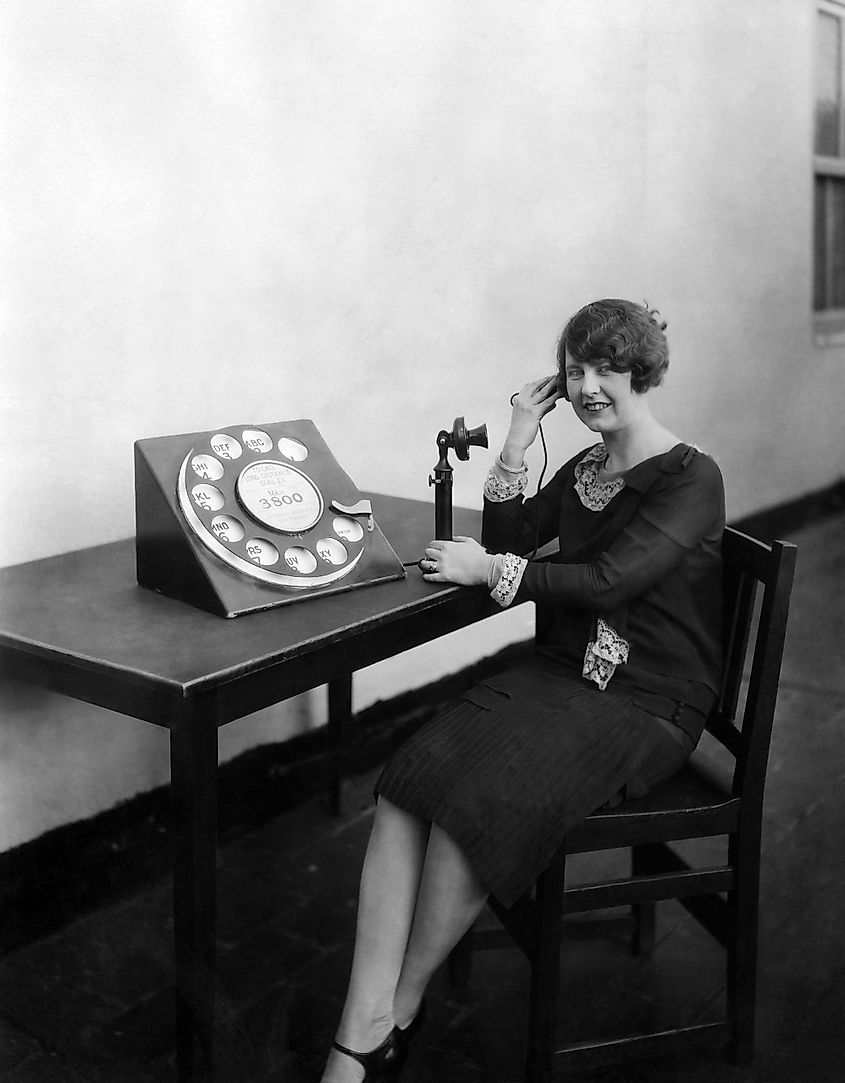
The Industrial Revolution also revolutionized communications with two key inventions: the telephone and the telegraph. The latter was developed in the early and mid-19th century in both the U.S. and Britain. By the mid-19th century, telegraph cables had been installed across the English Channel and Atlantic Ocean. Among other things, telegraphy allowed for the rapid movement of information, such as the transmission of national and international news. The telephone was developed in the late 19th century. The first telephone call was made on March 10, 1876, by inventor Alexander Graham Bell, who was credited with the invention of the device. Telephones did not, however, become common household items until the mid-20th century.
Another important innovation of the Industrial Revolution was the internal combustion engine, whose development began in Europe in the mid-19th century. By the late 19th century, this engine was small and efficient enough to power an invention that would change the face of the world forever: the automobile. In the 1890s, a nascent automobile industry was present in Europe and the U.S., which served mostly wealthy customers. This all changed less than 20 years later, however, when industrialist Henry Ford perfected assembly-line methods to mass-produce automobiles.
Impact Of The Industrial Revolution
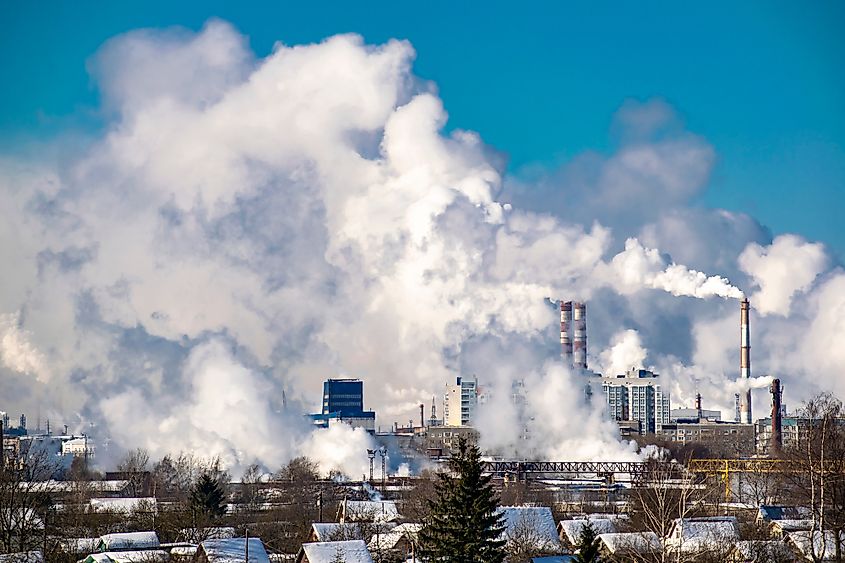
The Industrial Revolution led to the creation of the modern world we know today. Among other things, it ushered in a new era of modern capitalism, including the mass production and consumption of goods and services. Indeed, more efficient modes of production led to reduced prices for goods, which meant that a higher number of consumers could afford these goods. Industrialization also led to new employment opportunities as factories and other mass productions facilities opened. People who once lived off the land started streaming into urban centers at a rapid pace, in order to fill jobs at these facilities.
This rapid urbanization also led to new problems, however, including overcrowding, lack of proper sanitation, and lack of clean drinking water. Industrialization also led to environmental degradation, which would eventually result in a new global problem that we still struggle to tackle today: climate change. In addition, although mass production and increased economic output significantly improved the lives of the middle and upper classes, working class people struggled mightily. Many workers worked in horrible, unsafe conditions. They also worked long hours with very little in the way of monetary compensation. Thus, modern-day issues like climate change and workers’ rights have their origins in the Industrial Revolution.











